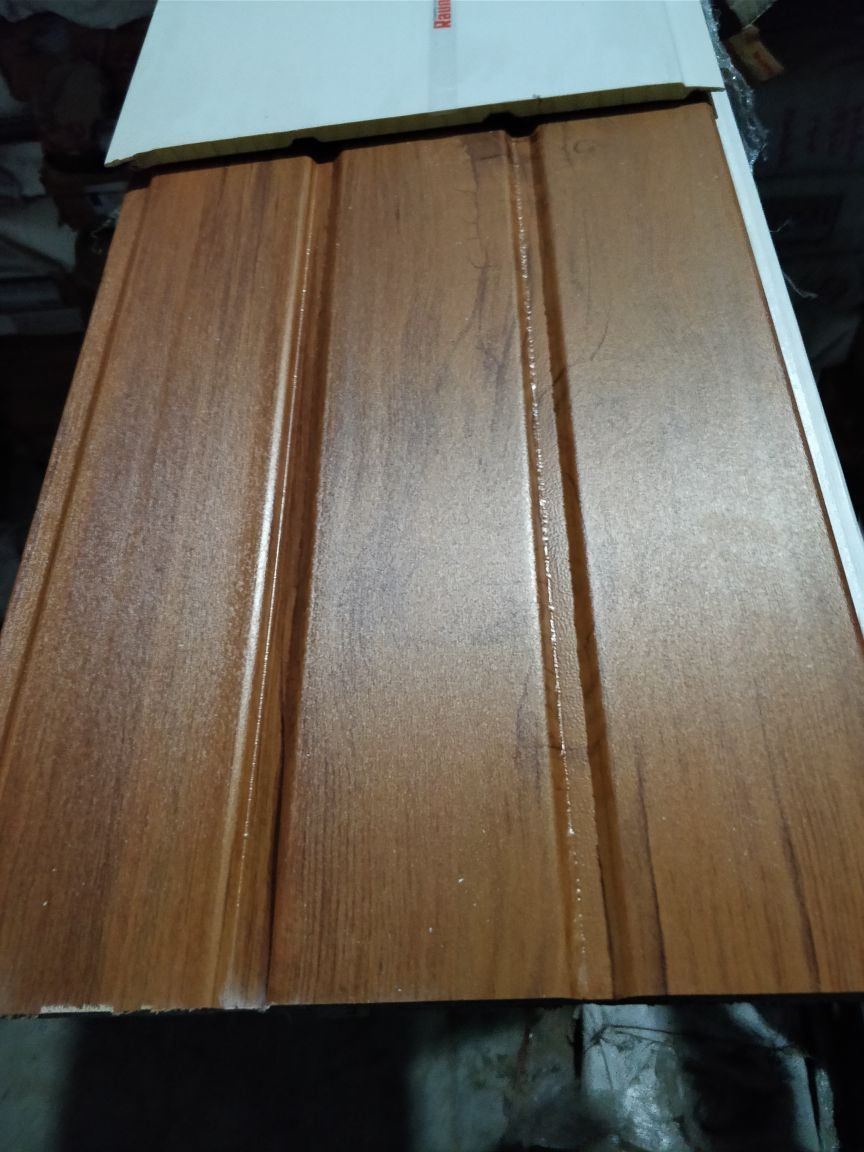UPVC cladding, also known as unplasticized polyvinyl chloride cladding, has gained significant popularity in the construction industry due to its numerous advantages. This innovative building material offers a range of benefits, from improved insulation and durability to enhanced aesthetics and low maintenance requirements. In this blog post, we will delve into the advantages of UPVC cladding, exploring its impact on building performance and why it has become a preferred choice for architects, builders, and homeowners alike.
- Superior Insulation Properties:
One of the key advantages of UPVC cladding is its exceptional insulation properties. The material acts as a thermal barrier, effectively reducing heat transfer between the interior and exterior of a building. This insulation capability helps to maintain a comfortable indoor temperature, reducing the reliance on heating and cooling systems. As a result, UPVC cladding contributes to energy efficiency, leading to lower utility bills and a reduced carbon footprint. - Enhanced Durability and Weather Resistance:
UPVC cladding is renowned for its durability and ability to withstand harsh weather conditions. Unlike traditional cladding materials, such as wood or metal, UPVC is resistant to rot, corrosion, and fading. It is also impervious to moisture, preventing issues such as mold growth and water damage. This durability ensures that UPVC cladding maintains its structural integrity and aesthetic appeal over an extended period, reducing the need for frequent repairs or replacements. - Low Maintenance Requirements:
Another advantage of UPVC cladding is its low maintenance requirements. Unlike other cladding materials that may require regular painting, sealing, or varnishing, UPVC cladding is virtually maintenance-free. Its smooth surface repels dirt and grime, making it easy to clean with just soap and water. This not only saves time and effort but also eliminates the need for costly maintenance products or professional services, making UPVC cladding a cost-effective choice in the long run. - Versatile Design Options:
UPVC cladding offers a wide range of design options, allowing architects and homeowners to achieve their desired aesthetic appeal. The material is available in various colors, textures, and finishes, enabling customization to suit different architectural styles and preferences. Whether it's a contemporary look or a traditional charm, UPVC cladding can be tailored to enhance the visual appeal of any building, adding value and curb appeal. - Sustainable and Eco-Friendly:
In an era of increasing environmental consciousness, UPVC cladding stands out as a sustainable and eco-friendly choice. The material is recyclable, reducing waste and minimizing its impact on landfills. Additionally, the energy-efficient properties of UPVC cladding contribute to a greener footprint by reducing energy consumption and carbon emissions. By choosing UPVC cladding, builders and homeowners can actively participate in sustainable construction practices and contribute to a greener future.
Conclusion:
UPVC cladding offers a multitude of advantages that make it a superior choice for modern building projects. From its superior insulation properties and durability to low maintenance requirements and versatile design options, UPVC cladding provides a range of benefits that enhance building performance and aesthetics. Moreover, its sustainable nature aligns with the growing demand for eco-friendly construction materials. By embracing UPVC cladding, architects, builders, and homeowners can create energy-efficient, durable, and visually appealing structures that stand the test of time.

